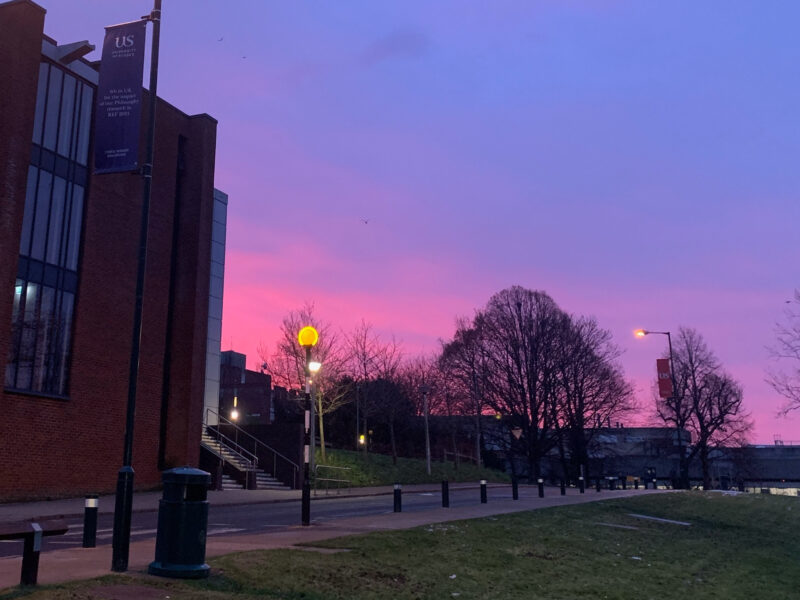In Canadian history, youth run protests have had an effect. But have they ever reached their intended goals? In the spring of 1947, after the end of WWII, a small community on Vancouver Island was about to fight again. Children were enraged that the price of chocolate went from the five cents they were used to, up to eight cents. A seemingly small thing to fight about led to national child run protests. Sales in stores nationwide dropped up to eighty per cent, youth picket lines appeared in every major Canadian city and legislatures were shutdown (including Victoria’s, which was swarmed by child protestors).
More recently, student protestors were seen in the area of Attawapiskat First Nation. Children here attended a school that had to be shut down due to contamination caused by thousands of gallons of diesel fuel under the property. Normally, this would cause national protest, but on the First Nations reserve, it went unnoticed. That is, until youth Shannen Koostachin fought for her right to attend a safe and comfy school with a quality, culturally based education. Koostachin reached out to non-Aboriginal youth around the nation and they responded. By reaching out to the Indian Affairs Minister and hosting education rights conferences for all children to attend, Koostachin hoped for a better education for those younger than her. Unfortunately, she passed away in an automobile accident and never experienced the education she fought for.
Some adults felt the children had communist inclinations, with one source even calling them “Stooges of Moscow.”.
Shannen’s Dream is still an organization fighting to try and reach her goals. Seemingly, youth run protests have trouble gaining momentum. yet this past week (the week of December 3), students have planned a new youth run protest that’s gaining attention fast among other youth in the areas affected. The protests focus on helping the adults these youth spend most of their time with – their teachers.
High school students from all around the province are planning class walkouts to voice their own opinions, little heard so far, about those of the utmost importance to their own futures, the people granting them an education. Yet even so, several of the students are protesting different things: Bill 115, work-to-rule mandates, being used as leverage in debates, and simply not having their side heard in the first place. As with any form of protest though, there are people on either side. Several students feel that this isn’t their battle and are anti walkout. Therefore, from talking to several students running the walkouts, and talking to students against, this article’s intention is to allow everyone to decide. Should the students host walkouts?
Pro Walkout
As London Central Secondary School student Justin Manning says, “If you’re not an elected Ontario representative or a union leader; you know the tip of the iceberg at best”.
Yet Manning is running a protest for his school. Manning feels that since the teachers have limitations on their ability to strike, by contract, union or governmental agreements, the youth should be a willing voice to represent them, on their own accord. An issue he has in regards to the work-to-rule legislation, which was implemented in many Ontario secondary schools on Wednesday December 5. is that in his opinion, students need to stand by their teachers.
“The teachers have spent time out of their lives for the students to have extra-curricular’s, now it’s time for the students to stand for the teachers,” says Manning.
Manning’s fellow student, Isaiah Kelly, has similar concerns. Kelly mentions the problems the work-to-rule mandate has to offer for the children’s success, such as math help. Several students have trouble understanding aspects of high school math, so several schools around the province have teachers giving up their lunches to ensure these students can pass. Without this needed math help, how will students marks be affected?
Another category, the biggest in the minds of several students, is sports and clubs. Not only are these essential to teach youth several skills important in the community such as leadership, commitment and teamwork, several of these are used by youth applying for college and university. These extracurriculars are the key to several children’s futures, and if they are being taken away, then the intended futures may be altered. With most university and college applications being submitted in December and January, a lot of students are reasonably worried. Some of the forerunners in the London Central protest are fighting to support those who have been supporting them throughout their school lives, hopefully giving the teachers some freedom again, and to not have their futures used as “bargaining chips” or leverage.
A concern with youth protestors, especially something as dramatic as a student walkout from school, is that several students may not understand why they are doing it or may utilize this to simply skip class. The protest leader for Ingersoll District Collegiate Institute spoke about these concerns.
Grade 12 student Chelsea Roy says, “It would be way to optimistic of me to believe everyone participating will take this seriously”.
Roy believes that Ingersoll’s version of a walkout is so that students can voice their opinions (hers is that Bill 115 is simply undemocratic), and that although not everyone may know at first what they are doing or even care, by the end of the walk out they may have a new respect and understanding for their fellow classmates.
Since this strike is happening during the school day, it will greatly affect the teachers that the students are trying to support. The general consensus from the student leaders is that there won’t be a general consensus among the staff. They all feel that there will be a split, with several teachers disappointed or worried about missed classes, whereas others will be proud of the attempts the students are making in grasping the context of their own situation.
A clear opinion among the student leaders is that the school administration will be upset. Justin Manning from London Central feels that this might make administration look bad, which although is not the intention, is a “perfectly understandable concern.”
Anti Walkout
Several Ingersoll students are anti walkouts as well, as seen with just as many posts against the idea on social media websites such as the Facebook group for the event and related Twitter page. One of the first reasons why these students are against the walkouts is because the students would be walking out on their teachers who, unlike their elementary school counterparts, have not walked out.
According to those who are anti walk out there are two main, and in their opinion flawed, reasons why people are walking out.
The first is that students are acting on seemingly biased knowledge. It seems that most students are acting strictly based on information they have heard from their teachers in school. This means that they are hearing about the government wanting the teachers to have pay cuts and/or freezes and that the right to strike is being taken away. Students are not being taught about the reasons behind this or the importance of the teacher’s deal in context.
With Ontario in a deficit of several billion dollars, cuts are needed. Jobs around the province have been receiving layoffs, and some employees are working for a fraction of the wage they used too, with teachers being one of the final untouched frontiers. So maybe they don’t deserve the right to still strike, and maybe their turn for cuts have arrived. This is why, according to these students against the walkout, Bill 115, basically taking away the ability to strike, is acceptable.
A second reason detractors bring up, is that these students may be walking out on bad information. This includes those walking out who are upset with the work-to-rule government mandates. What several students don’t understand is that work-to-rule is an idea initiated by the Teachers Union, not by the government. This shows that there may be several students who are not learning before they are acting, which is essential to any protest.
Anger is being directed at the wrong sources, they say. This can be seen in social media with student protesters hashtagging “booMcGuinty” on Twitter in regards to this new campaign. Seeing as McGuinty is no longer in power, this can be seen as students once again acting on information they have not taken the time to learn about.
These combined with even the location factors of the strikes makes anti-protesters wonder if any effect will be had at all. These protests are meant to be about work-to-rule mandates, the government’s bad decisions and Bill 115, yet these strikes are taking place in front of schools during the teachers’ time. Therefore, the teachers will be the ones experiencing the walkout.
Conclusions
Several arguments have been made with students standing at a crossroads. They have to each individually decide if they should stand up, why they are standing up and if any effect will be made. The eventual collective majority of the students’ individual decisions will sway the group in one of two ways, in favour of the walkout or against it. This event could make progress for teachers. or it may run to a halt. It all depends on each individual student’s answer to a fundamental question: To protest or not to protest?



